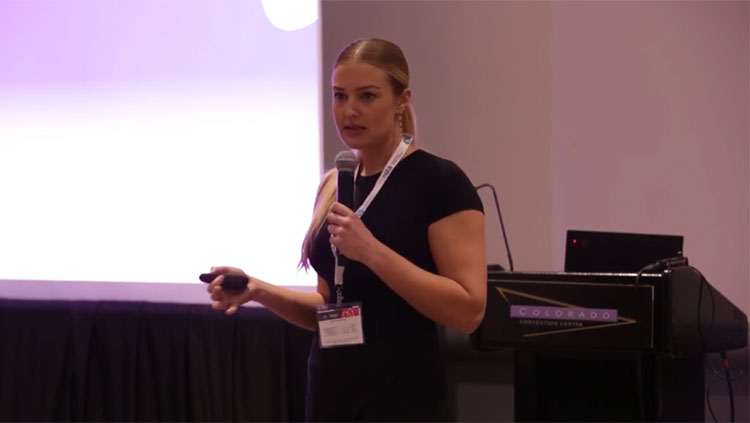Muller-Lyer Illusion
- Published6 Jan 2021
- Author Lynnie Fein-Schaffer
- Source BrainFacts/SfN

Can you tell the difference between the lengths of two sticks? It turns out the information your brain receives might not be telling you the whole story.

Try this optical illusion with items you can find around your home. Find two sticks of identical length; you might use uncooked spaghetti if you have some. Otherwise, straws, pipe cleaners, or chopsticks could work too.
If you’re working with spaghetti, lay the two pieces down a few inches apart. Take another piece and break it in half. Use it to create “arrows” on the ends of your long piece of spaghetti. On one piece of spaghetti, add the arrow points so they lead inward, and on the other, create the points so lead outward.
What do you notice? Do the lengths of the sticks still appear to be the same? Probably not! Find out why in this video.
CONTENT PROVIDED BY
BrainFacts/SfN














